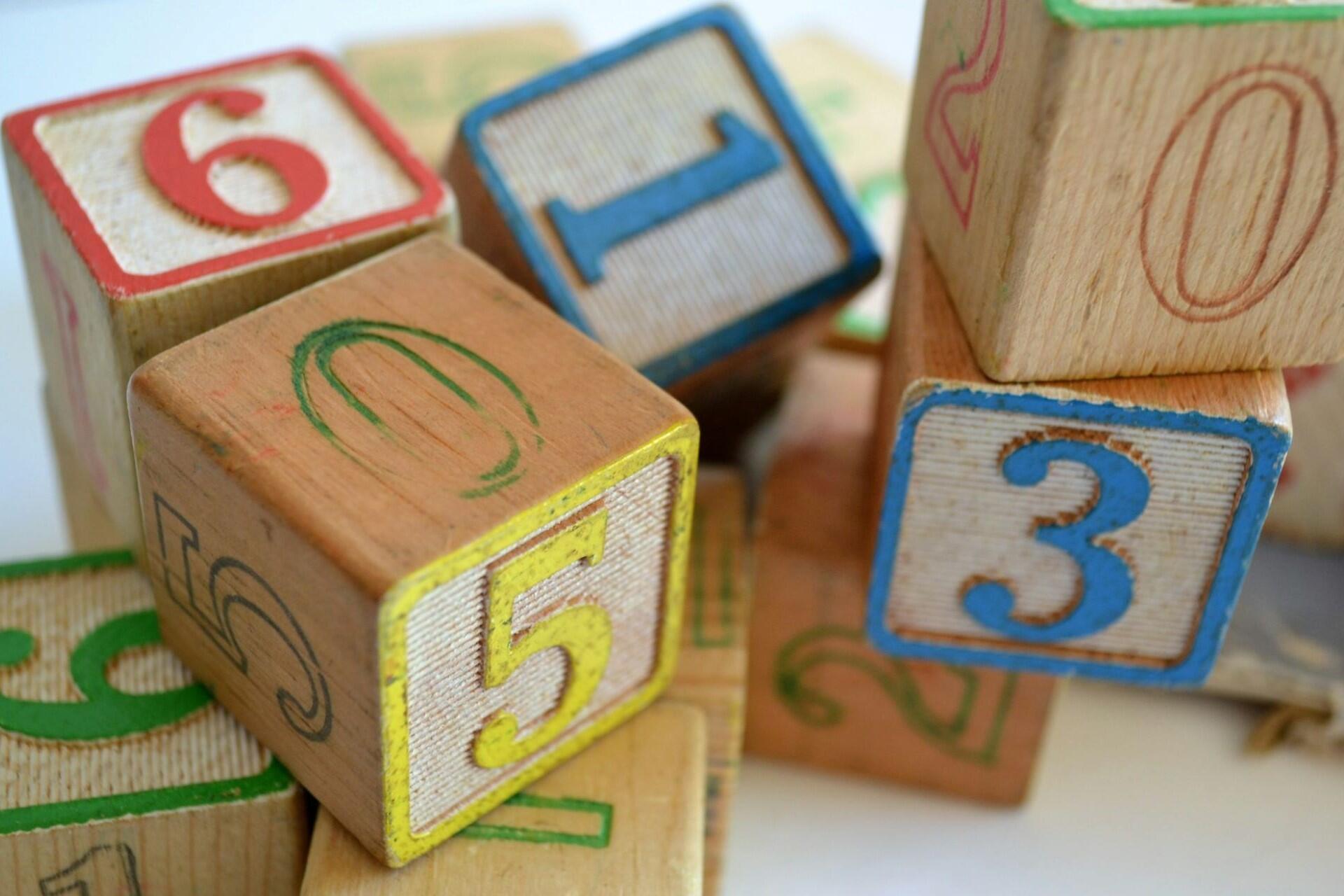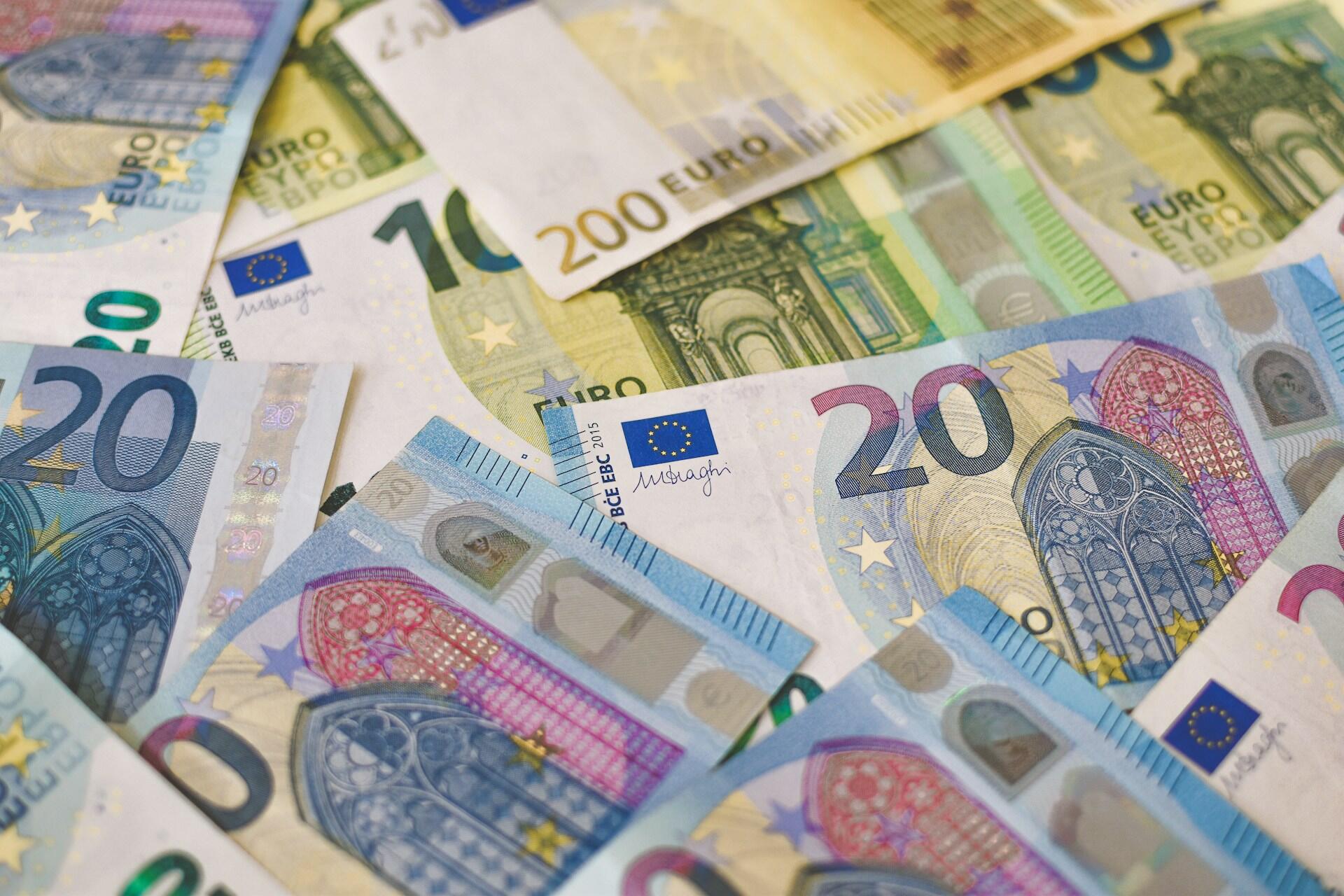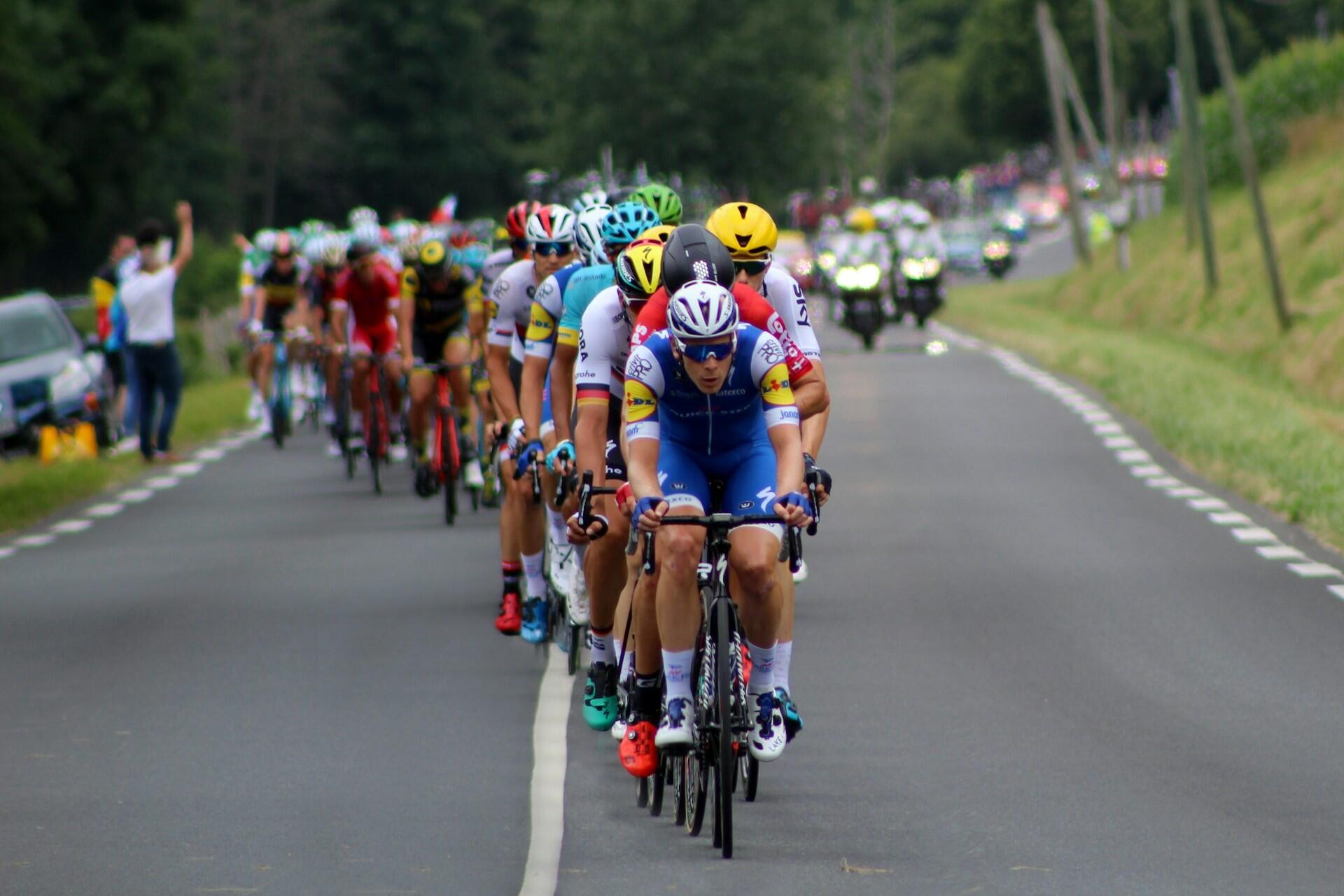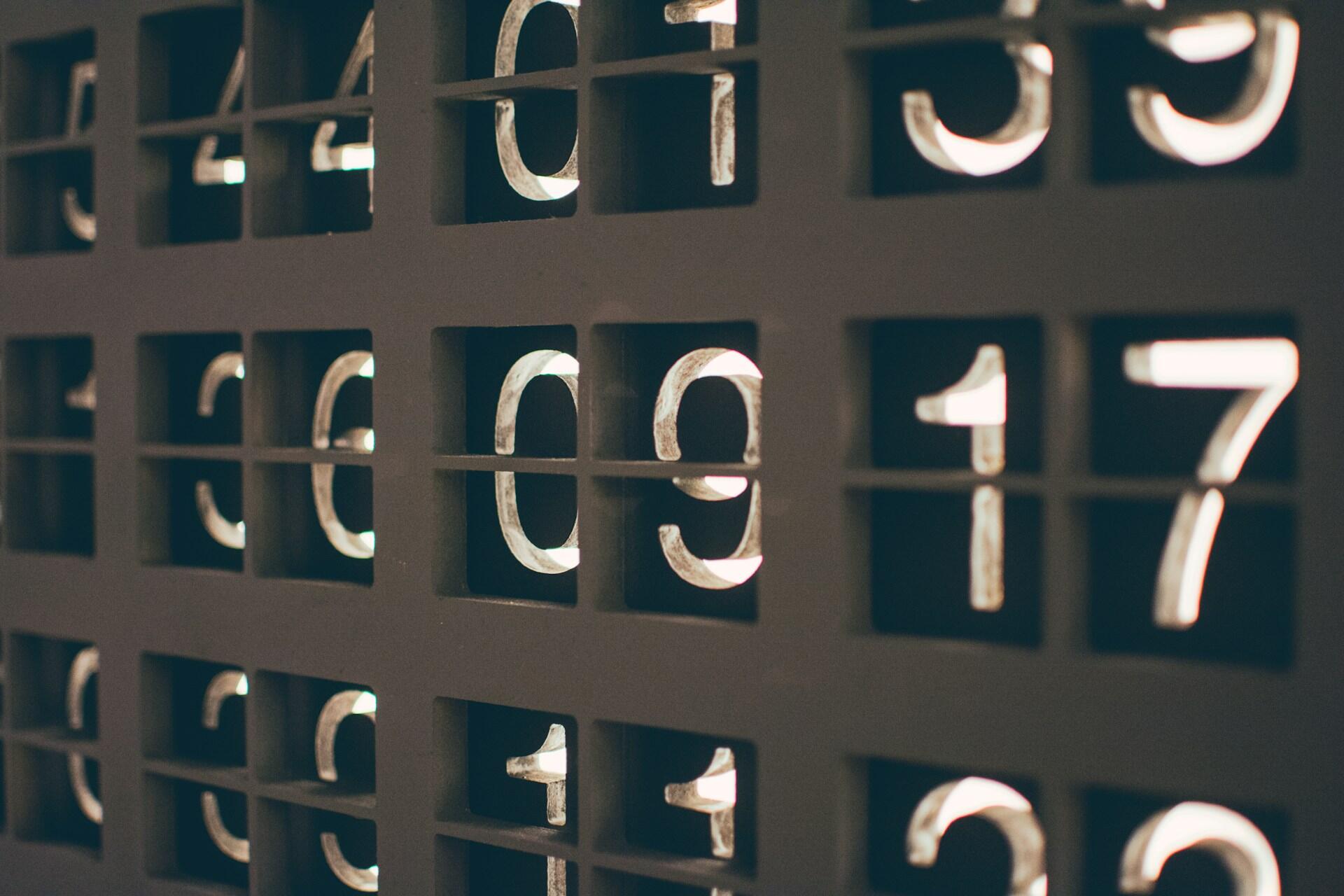The Irish language (Gaeilge), or simply Irish, has a rich history. Learning how to count and use numbers is a great first step for anybody wanting to learn how to speak it.
Whether you're a beginner looking to learn basic numbers or if it's just your first step in exploring an interest in Irish culture and heritage, learning numbers in Gaeilge is both useful and fascinating.
Irish has unique rules for counting, especially regarding people, objects, and time. Numbers can change depending on what you're referring to, but once you learn the patterns and structures, counting in Irish will get much easier.

The Basics: Numbers 1 to 10 in Irish
Once you've learned some of the basics of Irish like the words for colours and basic greetings, you need to learn how to count from 1 to 10 to get started. In the Irish language, much like in many other languages with a decimal system, these numbers are the foundation for all counting patterns.
| Number | Irish (Gaeilge) | Pronunciation |
|---|---|---|
| 1 | Aon | Ayn |
| 2 | Dó | Doh |
| 3 | Trí | Tree |
| 4 | Ceathair | Kah-hir |
| 5 | Cúig | Koog |
| 6 | Sé | Shay |
| 7 | Seacht | Shakht |
| 8 | Ocht | Uhkht |
| 9 | Naoi | Nee |
| 10 | Deich | Deh |
How to Use the Numbers 1 to 10
The numbers 1 to 10 in Irish are used in several different ways. Typically, you'll need these numbers to count objects, tell the time, and give quantities.
However, remember that Irish uses a different system for counting people and certain nouns, which we'll cover later.
Irish numbers change depending on what you are counting! The way you count people, objects, and time follows different grammar rules. For example, "one person" (duine amháin) uses a different structure than "one apple" (úll amháin).
For the time being, we recommend practising these numbers and focusing particularly on their pronunciation before moving on to the numbers beyond ten, including the teens.

Counting Beyond 10: The Teen Numbers
Once you've mastered the numbers from 1 to 10, you can look at the next ten numbers, including the teen numbers.
Irish follows a fairly simple pattern, unlike English, which has some irregular numbers between 11 and 19.
Simply add "déag" to the numbers from 1 to 10 to get the numbers 11 to 19. The pronunciation changes slightly when you do this.
See how they're pronounced in this table.
| Number | Irish (Gaeilge) | Pronunciation |
|---|---|---|
| 11 | Aon déag | Ayn jayg |
| 12 | Dó dhéag | Doh yayg |
| 13 | Trí déag | Tree jayg |
| 14 | Ceathair déag | Kah-hir jayg |
| 15 | Cúig déag | Koog jayg |
| 16 | Sé déag | Shay jayg |
| 17 | Seacht déag | Shakht jayg |
| 18 | Ocht déag | Uhkht jayg |
| 19 | Naoi déag | Nee jayg |
How Teen Numbers Work in Irish
Using the numbers between 11 and 19 in Irish is fairly simple, but here's the rule outlined when you practise.
The structure is [number] + déag (e.g., trí déag = thirteen).
- For 12, "dhéag" is used instead of "déag" due to a grammatical rule in Irish pronunciation.
- These numbers are used for general counting, but Irish has different rules when counting people, which we’ll cover later.
Numbers in the Twenties and Beyond
Once you get past the number 19, moving on to the following numbers is quite simple since Irish uses a decimal-based counting system, much like English, though the Irish language has had a unique effect on Irish English slang.
Counting in Tens: 20 to 100
| Number | Irish (Gaeilge) | Pronunciation |
|---|---|---|
| 20 | Fiche | Fih-heh |
| 30 | Tríocha | Tree-uh-ka |
| 40 | Daichead | Dah-hed |
| 50 | Caoga | Kay-guh |
| 60 | Seasca | Shass-ka |
| 70 | Seachtó | Shakht-oh |
| 80 | Ochtó | Uhkht-oh |
| 90 | Nócha | Noh-kha |
| 100 | Céad | Kayd |
How These Numbers Are Used
Counting up to 100 is fairly simple in Irish, and it uses the same structure as counting up to 100 in English.
Unlike in English, these numbers are standalone words, where "twenty" is just "two + ten."
- For numbers between tens, Irish follows the pattern [ten] + [single digit], like:
- Fiche haon (21) → Fih-heh hayn
- Tríocha cúig (35) → Tree-uh-ka koog
- No "and" is used in between numbers, like in English.
Key Differences from English
- In English, you’d say “twenty-one” and “thirty-five,” while in Irish, you simply add the unit number (e.g., fiche haon for 21).
- The number 100 (Céad) is often used in phrases like Céad míle fáilte (A hundred thousand welcomes).
Unlike English, Irish historically used a base-20 counting system! That’s why 40 is "daichead", which comes from "dá fhichead" (two twenties). This old system influenced numbers in modern Irish!

How Numbers are Used in Everyday Irish
Numbers in Irish are quite unique compared to other languages like English. They're used in specific ways when measuring time, money, and people.
The grammatical rules for numbers in Irish will differ according to how you want to use the numbers.
Telling Time in Irish
Irish uses a different structure for time than English. Instead of saying, "It's one o'clock," you would say:
- Tá sé a haon a chlog – It is one o’clock.
- Tá sé a cúig a chlog – It is five o’clock.
For half past and quarter past, Irish follows a different sentence structure:
- Leath uair tar éis a dó – Half past two.
- Ceathrú tar éis a trí – Quarter past three.
- Ceathrú chun a seacht – Quarter to seven.

Counting People in Irish (An Duine)
Irish has a special system when counting people, which is different from general counting. Instead of using standard numbers, unique words are used for groups of people:
| Number of People | Irish (Gaeilge) | Pronunciation |
|---|---|---|
| 1 Person | Duine | Dwin-eh |
| 2 People | Beirt | Bertch |
| 3 People | Triúr | Troor |
| 4 People | Ceathrar | Kah-rah |
| 5 People | Cúigear | Koog-ar |
| 6 People | Seisear | Shesh-ar |
| 7 People | Seachtar | Shakhtar |
| 8 People | Ochtar | Uhkhtar |
| 9 People | Naonúr | Nay-noor |
| 10 People | Deichniúr | Deh-noor |
Notice how the words change completely from the standard numbers! Instead of dó dhuine (two people), you say beirt. This is a grammatical rule unique to Irish.
Using Numbers with Money
Numbers are also commonly used when discussing money, with the euro being the main currency in Ireland. Here are some examples:
- Tá sé cúig euro. – It cost five euros.
- Dhá euro agus fiche cent. – Two euros and twenty cents.
- Seachtó euro. – Seventy euros.

Numbers are a key part of everyday life, from telling the time to buying things.
Ordinal Numbers in Irish: First, Second, Third…
Typically, languages have cardinal numbers (one, two, three, etc.) and ordinal numbers (first, second, third, etc.). In English, ordinal numbers are used for dates, rankings, and anything you put in an order. You should also consider learning the days of the week, which also come in a set order.
In Irish, ordinal numbers are different from cardinal numbers and have different grammatical rules.
They are outlined here
| Ordinal Number | Irish (Gaeilge) | Pronunciation |
|---|---|---|
| 1st | An Chéad | On hyayd |
| 2nd | An Dara | On dar-ah |
| 3rd | An Tríú | On tree-oo |
| 4th | An Ceathrú | On kah-roo |
| 5th | An Cúigiú | On koo-gee-oo |
| 6th | An Séú | On shay-oo |
| 7th | An Seachtú | On shakht-oo |
| 8th | An Ochtú | On uhkht-oo |
| 9th | An Naouú | On nee-oo |
| 10th | An Deichiú | On deh-hee-oo |
Key Points About Irish Ordinal Numbers
- Unlike standard numbers, ordinals require "An" before them (e.g., An Chéad = First).
- The word "Céad" (first) is special and is different from the number céad (100).
- Some numbers (like 2nd) have unique words (e.g., An Dara instead of An Dóú).
Using Ordinals in Everyday Speech
Ordinal numbers are used for dates, rankings, and order, such as:
- An Chéad lá de mhí Feabhra. – The first day of February.
- Tá sé sa dara háit. – He is in second place.
- An tríú teach ar an tsráid. – The third house on the street.

Recap Table: Irish Numbers and Their English Equivalents
We've covered quite a lot of Irish numbers in such a short time, so here's a quick reference table with the key Irish numbers and their pronunciation.
Cardinal Numbers in Irish
| Number | Irish (Gaeilge) | Pronunciation |
|---|---|---|
| 1 | Aon | Ayn |
| 2 | Dó | Doh |
| 3 | Trí | Tree |
| 4 | Ceathair | Kah-hir |
| 5 | Cúig | Koog |
| 6 | Sé | Shay |
| 7 | Seacht | Shakht |
| 8 | Ocht | Uhkht |
| 9 | Naoi | Nee |
| 10 | Deich | Deh |
| 11 | Aon déag | Ayn jayg |
| 12 | Dó dhéag | Doh yayg |
| 13 | Trí déag | Tree jayg |
| 14 | Ceathair déag | Kah-hir jayg |
| 15 | Cúig déag | Koog jayg |
| 16 | Sé déag | Shay jayg |
| 17 | Seacht déag | Shakht jayg |
| 18 | Ocht déag | Uhkht jayg |
| 19 | Naoi déag | Nee jayg |
| 20 | Fiche | Fih-heh |
| 30 | Tríocha | Tree-uh-ka |
| 40 | Daichead | Dah-hed |
| 50 | Caoga | Kay-guh |
| 60 | Seasca | Shass-ka |
| 70 | Seachtó | Shakht-oh |
| 80 | Ochtó | Uhkht-oh |
| 90 | Nócha | Noh-kha |
| 100 | Céad | Kayd |
Ordinal Numbers (1st - 10th)
| Ordinal Number | Irish (Gaeilge) | Pronunciation |
|---|---|---|
| 1st | An Chéad | On hyayd |
| 2nd | An Dara | On dar-ah |
| 3rd | An Tríú | On tree-oo |
| 4th | An Ceathrú | On kah-roo |
| 5th | An Cúigiú | On koo-gee-oo |
| 6th | An Séú | On shay-oo |
| 7th | An Seachtú | On shakht-oo |
| 8th | An Ochtú | On uhkht-oo |
| 9th | An Naouú | On nee-oo |
| 10th | An Deichiú | On deh-hee-oo |
How to Keep Learning Irish Numbers
Having learnt how to count in Irish, we'd recommend regular practice and immersion. After all, numbers are essential to most everyday conversations, much like greetings, and you can use them for everything from telling the time to discussing prices.
Using a language will help you better understand the cultures that use it, and Irish is no exception.
1. Use Irish in Daily Life
- Practice counting aloud whenever possible (e.g., steps, objects, money).
- Try using Irish numbers when reading the time (“Tá sé a cúig a chlog” – It’s five o’clock).
- When shopping, challenge yourself to say prices in Irish.
2. Learn with Apps & Online Resources
There are several great apps and websites to help you reinforce your learning:
- Duolingo – A free app that teaches Irish, including numbers.
- TG4 & RTÉ Radio na Gaeltachta – Listening to native Irish speakers helps with pronunciation.
- Teanglann.ie – A great Irish dictionary for numbers and grammar rules.
3. Read Books & Join Irish Language Communities
- Books on Irish language learning can be found online and at local bookstores.
- Subscribe to an Irish-language newsletter to get regular practice.
- Join Gaeilge learning groups on social media or attend local language meetups.
4. Watch & Listen to Irish Content
- Watching Irish TV shows, YouTube channels or listening to podcasts can help reinforce numbers in real-life speech.
- Try listening to Irish radio stations, where numbers are frequently mentioned.
5. Test Yourself & Have Fun!
- Quiz yourself by writing numbers in both English and Irish.
- Try teaching numbers to a friend—it’s a great way to reinforce what you know!
- Play number-based games in Irish, like counting challenges or flashcards.
Learning to count in Irish is more than simply memorising numbers. It is one of the first steps towards understanding the language's structure and cultural significance, which can also be seen in Irish proverbs and sayings.
While some aspects, like the ordinal numbers of the dune system, might seem difficult at first, regular practice will help.
If you need more help practising Irish, just remember you can search for private Irish tutors on the Superprof website. With many offering the first session for free, you can even try a few before choosing the right one for you and deciding how you would like to learn.
Just search for “Irish” on the Superprof website today!















